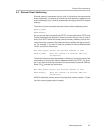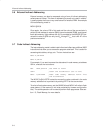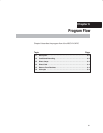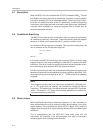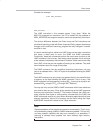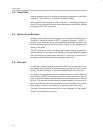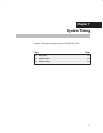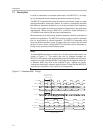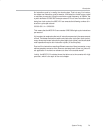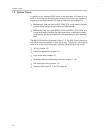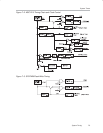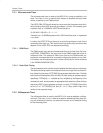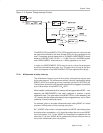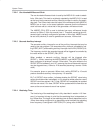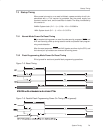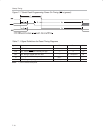
Description
7-3
System Timing
An instruction cycle is, in reality, four clock cycles. That is to say, if an instruc-
tion takes one instruction cycle to execute, it will take four clocks from a crystal
or oscillator to execute. Using the maximum crystal frequency of 33MHz, the
crystal oscillates 33 000 000 times per second. Due to one instruction cycle
being four clock cycles, the MSC1210 can execute the following number of in-
struction cycles per second:
33 000 000 / 4 = 8 250 000
This means that the MSC1210 can execute 8 250 000 single-cycle instructions
per second.
It is important to emphasize that not all instructions execute in the same amount
of time. The fastest instructions require one instruction cycle (four clock cycles),
many others require two instruction cycles (eight clock cycles), and the two slow
math operations require four instruction cycles (16 clock cycles).
Due to all the instructions requiring different amounts of time to execute, a very
obvious question comes to mind: how can one keep track of time in a time-criti-
cal application if we have no reference to time in the outside world?
Luckily, the MSC1210 includes timers that allow us to time events with high
precision, which is the topic of the next chapter.



